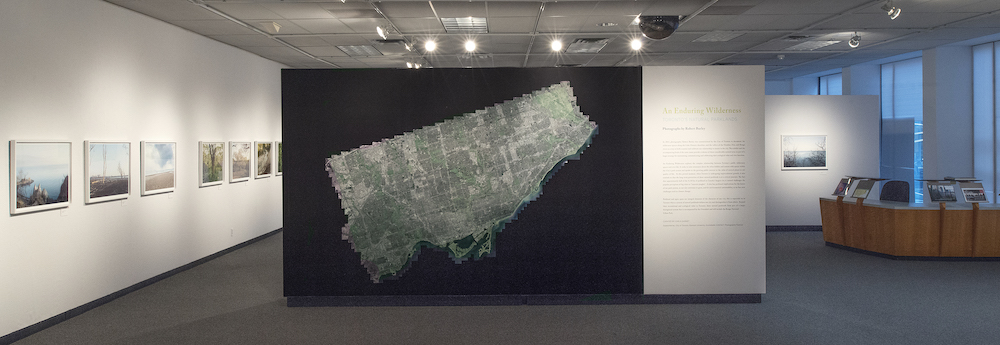News
THIS IS AN ARCHIVED WEBSITE AND NO LONGER ACTIVE
For up-to-date info see: robertburley.com
WHAT PEOPLE ARE SAYING ABOUT THE BOOK

Robert Burley interviewed on CBC Metro Morning with Matt Galloway
"An Enduring Wilderness", May 9th, 2017
Duration: 6:42
LISTEN HERE
“ Robert Burley's engagement and catalyzing direction enable a series of perspectives on green spaces in Toronto, and orchestrate a potential aesthetic that recaptures the place these spaces once held in Toronto.”
John K. Grande, Border Crossings Magazine
"a genuinely significant and timeless book"
John Stilgoe, Landscape Historian, Harvard University
"Eschewing the pastoral fantasies of the Canadian wilderness, Burley’s urban lens captures a refreshing jolt of reality. The vistas unfold with uncomplicated grace, acknowledging the moments where daily life meets the sublime. There are untouched landscapes too, of course, but what makes the book so compelling is Burley’s understanding of the city itself as a part of nature."
Stefan Novakovic, Canadian Architect
"an incredible visual tour that brings to life the strange juxtapositions between urban and rustic that characterize Toronto"
Alex Bozikovic, Globe and Mail
"An Enduring Wilderness: Toronto’s Natural Parklands, brilliantly reveals a city you’ll want to know better" Shawn Micallef, Toronto Star
"This book is not only a beautiful offering, but it also provides an important reminder that we live with nature, and it is always finding ways to tell us it is here." Spacing Magazine
“This highly personal, harmonic effort forces you to reconsider what a park is, and in doing so will forever change the way you see the city that you thought you knew.”
Charles A. Birnbaum, The Cultural Landscape Foundation





